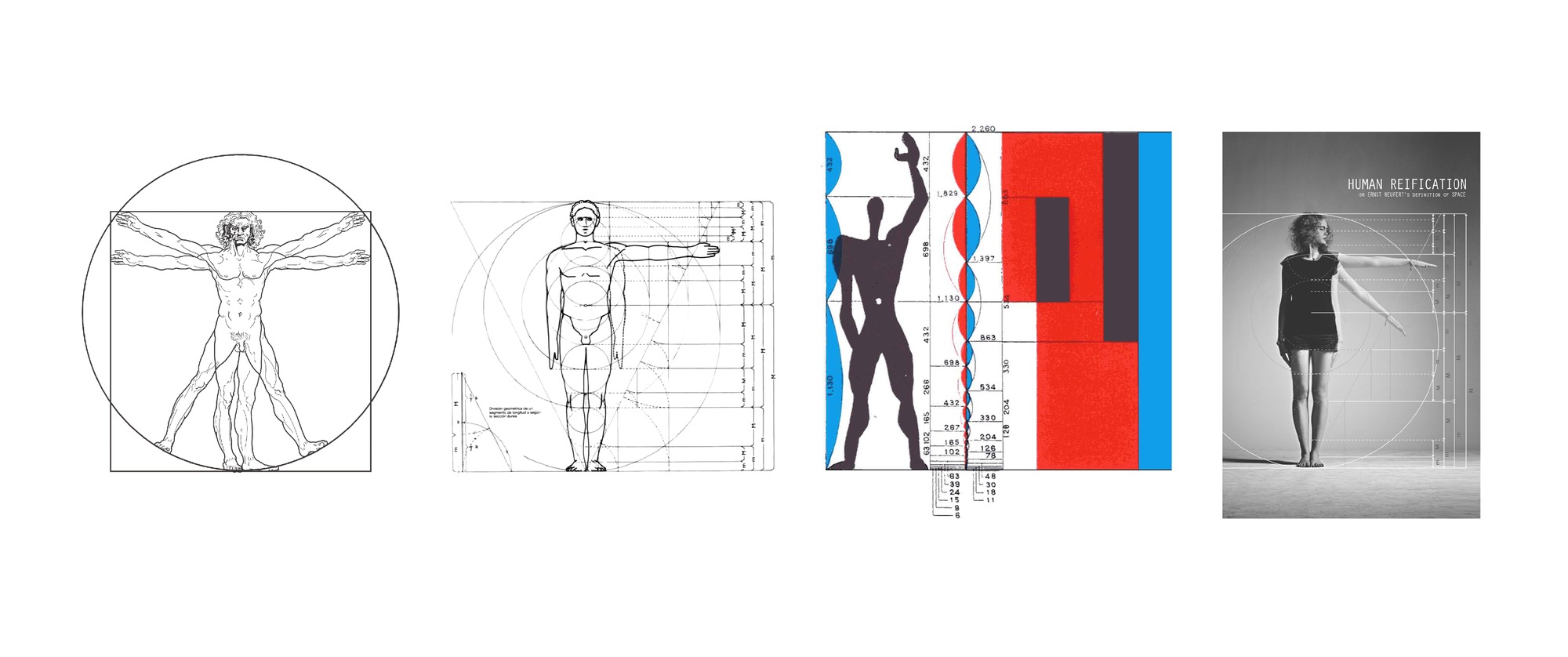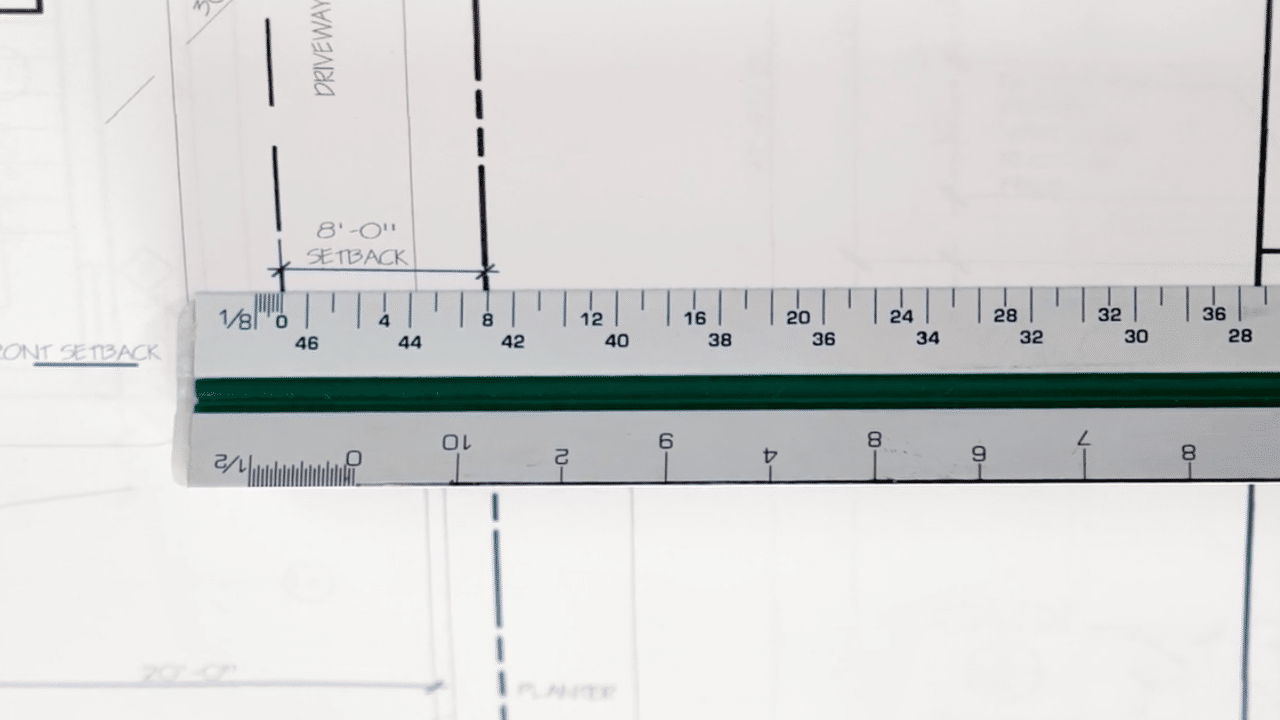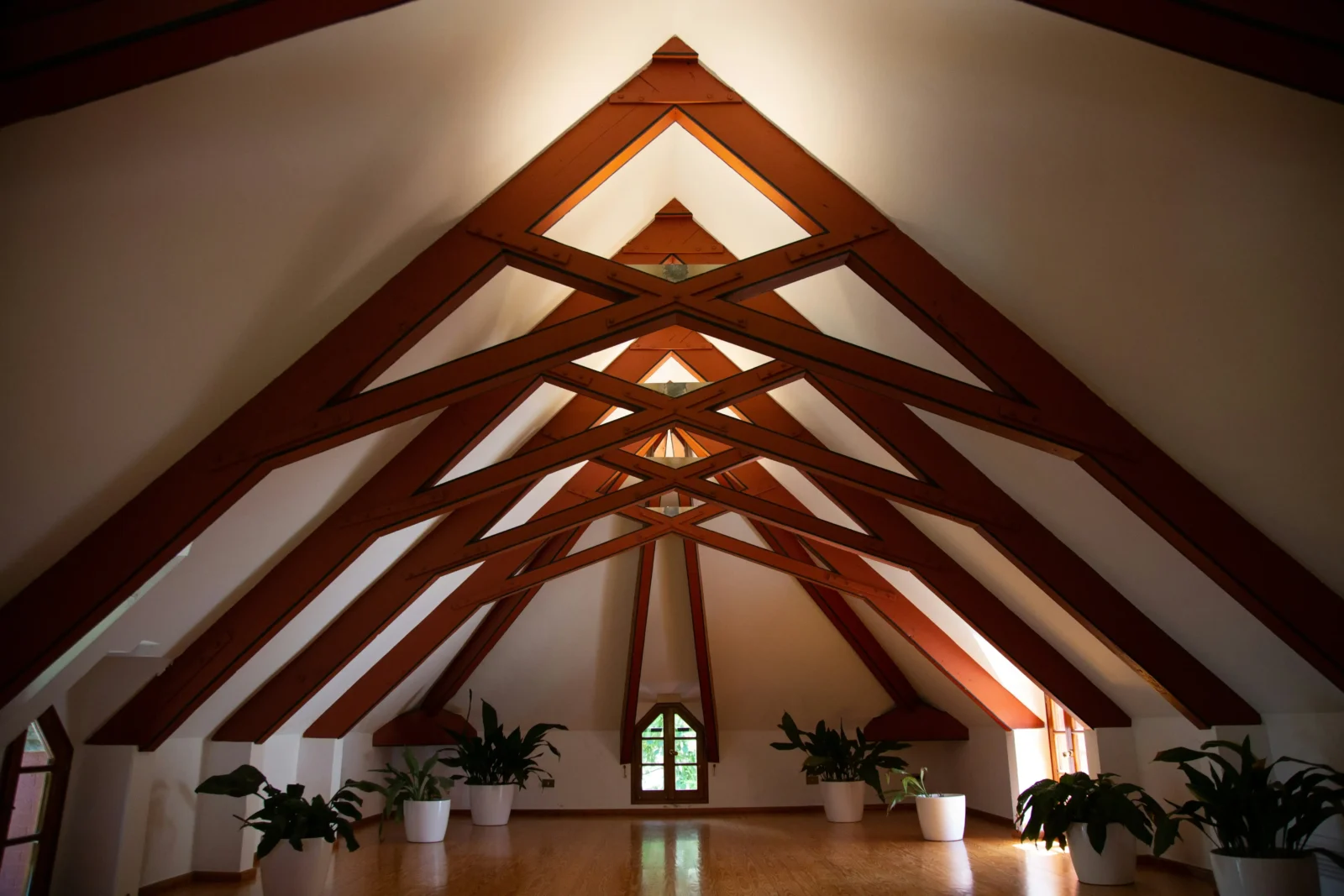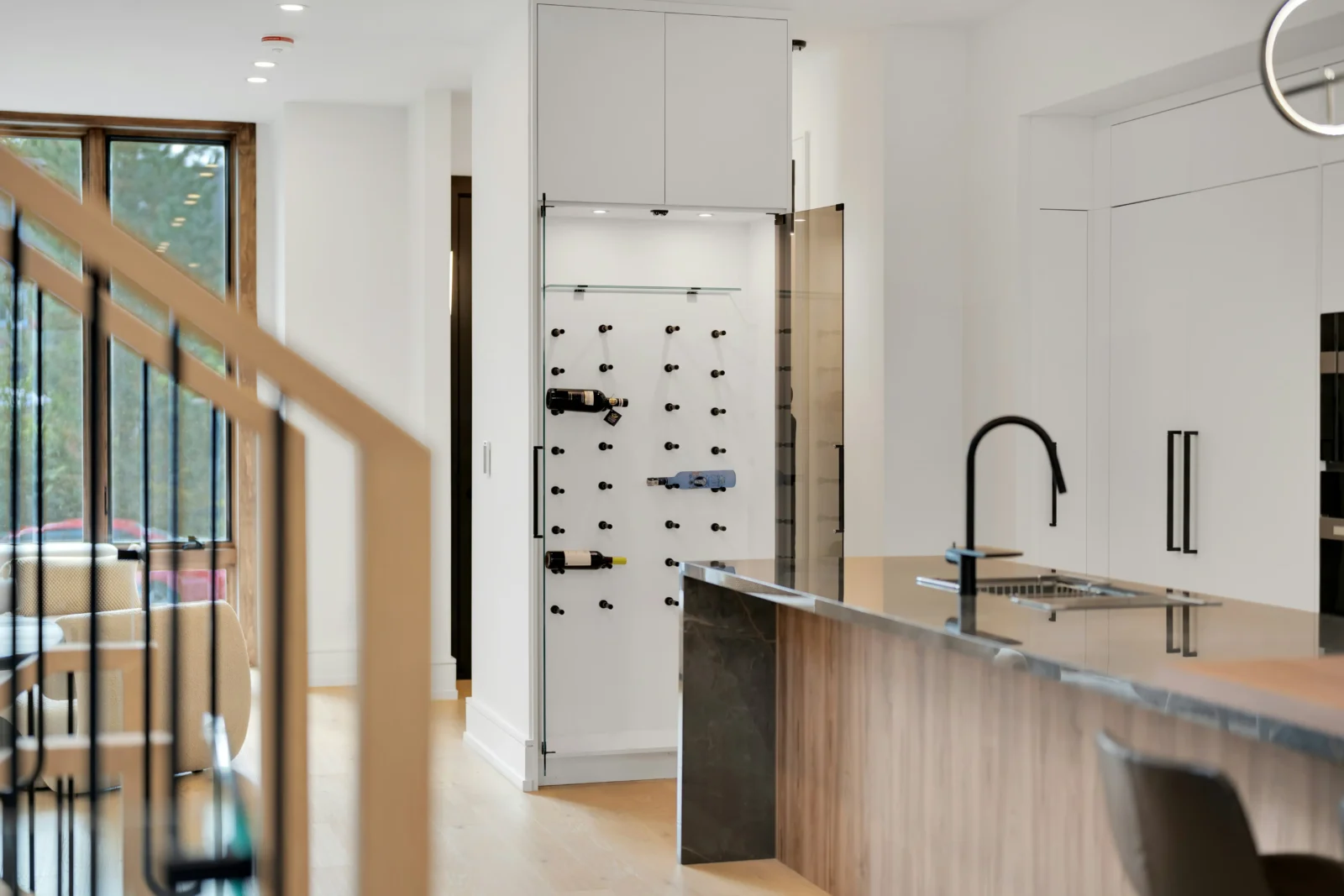- Home
- Articles
- Architectural Portfolio
- Architectral Presentation
- Inspirational Stories
- Architecture News
- Visualization
- BIM Industry
- Facade Design
- Parametric Design
- Career
- Landscape Architecture
- Construction
- Artificial Intelligence
- Sketching
- Design Softwares
- Diagrams
- Writing
- Architectural Tips
- Sustainability
- Courses
- Concept
- Technology
- History & Heritage
- Future of Architecture
- Guides & How-To
- Art & Culture
- Projects
- Interior Design
- Competitions
- Jobs
- Store
- Tools
- More
- Home
- Articles
- Architectural Portfolio
- Architectral Presentation
- Inspirational Stories
- Architecture News
- Visualization
- BIM Industry
- Facade Design
- Parametric Design
- Career
- Landscape Architecture
- Construction
- Artificial Intelligence
- Sketching
- Design Softwares
- Diagrams
- Writing
- Architectural Tips
- Sustainability
- Courses
- Concept
- Technology
- History & Heritage
- Future of Architecture
- Guides & How-To
- Art & Culture
- Projects
- Interior Design
- Competitions
- Jobs
- Store
- Tools
- More
Understanding Architectural Scale
In architecture, drawings are done by the scale. This indicates that proportions between the actual size of the object being depicted and the measurements used on the diagram are expressed using conventional fractions. Drawings for architecture are produced at scales that are smaller than the actual size. The typical scale used to make floor plans is 1/50 or 1/100 of the real size. It is common practice to draft site plans at scales of 1/200 or 1/500.

In architecture, drawings are done by the scale. This indicates that proportions between the actual size of the object being depicted and the measurements used on the diagram are expressed using conventional fractions. Drawings for architecture are produced at scales that are smaller than the actual size. The typical scale used to make floor plans is 1/50 or 1/100 of the real size. It is common practice to draft site plans at scales of 1/200 or 1/500.
In this article, we will have look at scales in architecture. Scales are not about the architectural drawings, you can face with scales on architectural models. We explained the scale issue in detail, we have tried to give examples on 1:100 scale.
Let’s deal with the issue of scale that makes architecture students confuse and struggle!
Understanding Scales in Architecture
While understanding the scale in architecture, it is must to begin by understanding when the concept of scale emerged in architecture first .Scale in architecture emerged from the human scale with Leonardo da Vinci’s “Vitruvian Man” in 1490 and was developed with Le Corbusier’s “Modulor Man” in 1948. It was developed to capture the ideal ratio in buildings by making use of Fibonacci numbers and golden ratios to the human form. In order to describe the relationship between human and space, scale golden ratio and human scale were used in history.

Computer-aided design programs such as CAD, which make it easy for us to draw at scale today, allow us to easily change scales in projects in real time.
Now when thinking about scale during the architectural design, in programs like AutoCAD, we can zoom in and out of drawings with just one mouse movement, and we can easily change the scale from the plot settings.
1:100 Scale
Being able to convert dimensions from a drawing to actual size is a skill that architects must possess. For example, if you needed to lay a conduit diagonally under the concrete slab for a new building, you could determine the length necessary by measuring from the plan if the actual dimensions were not shown on the plan from the scale.
The reason why we explain the concept of scale in architecture over 1/100 scale is that 1/100 scale is preferred in floor plans and sections, which are the main architectural drawings. In addition, architectural models and digital project models are preferred at 1/100 scale.

On a drawing, the scale is denoted by the notation 1/100. This can be understood to mean: To get the exact measurement of 1 metre, 1 centimeter (0.01 meter), which was measured with a ruler on the plan, would need to be multiplied by 100.

Every scale has a meaning in architectural drawings and models. For example, architectural elements shown at 1/100 scale are not displayed at large scale like 1/5000. The architectural elements that 1/100 scale should include are mostly at the level of the preliminary project.
1/100 scale can be prepared as a preliminary project. In other words, it is a scale in which an architectural project, which is uncertain and whose application details have not been resolved, is spatially resolved, the building system is determined, form problems are developed, and reinforcement is handled. Even if it is a preliminary project, you can give the whole idea of volume and space dimensions in two-dimensional and three-dimensional scales at 1/100 scale.
The situation is different at 1/100 scale when it is used not as a preliminary project but as a final project. In these cases, the 1/100 scale we are talking about is drawn as the preparation of a 1/50 application project. It covers all dimensions and clearly reveals the construction system of the project.
Scale Bars
Scale calculation is generally by reducing or enlarging a drawing or object to a certain extent; It is the expression of the actual size according to the determined scale ratios.

A scale bar is created because it is not possible to draw an actual location or length on a piece of paper at its true length. It is drawn by scaling appropriately, that is, by reducing it. You can explain this reduction using the scale bar at the end of the presentation boards. Scale bar can be drawn according to your scale ratio such as 1/1250, 1/1000, 1/500 or 1/100.
- architectural blueprints scale
- architectural drafting scales
- architectural drawing measurement
- Architectural Scale
- Architectural Scale 1:100
- architectural scale conversion
- architectural scale reading
- architectural scale symbols
- architectural scale tips
- architecture plan scale
- architecture scale guide
- architecture scale reading techniques.
- decoding architectural scales
- How to find true architectural scale
- how to scale architectural drawings
- How to use Scale in Architecture
- interpret architectural plans
- learn architectural scaling
- measuring in architecture
- scale drawing architecture
- scale interpretation for architects
- scaling techniques in architecture
- Understanding Architectural Scale
- understanding scale factors
- using an architectural scale ruler
- What is Scale in Architecture
Submit your architectural projects
Follow these steps for submission your project. Submission FormLatest Posts
Innovative Cleaning for Modern Materials: How Hydroblasting Supports Architectural Design
Modern buildings don’t hide what they’re made of anymore. Glass is meant...
How to Improve Driving Conditions Around Your Office
Driving to work can feel like navigating a challenge. Traffic jams, potholes,...
Practical Solutions for Modern Home Improvements
Home improvements work best when they solve real problems. Focus on changes...
The Ultimate Guide to the SaaS Localization Process: Navigating Global Markets with Precision
The Software-as-a-Service (SaaS) model has revolutionized how businesses operate by providing cloud-based...












Leave a comment